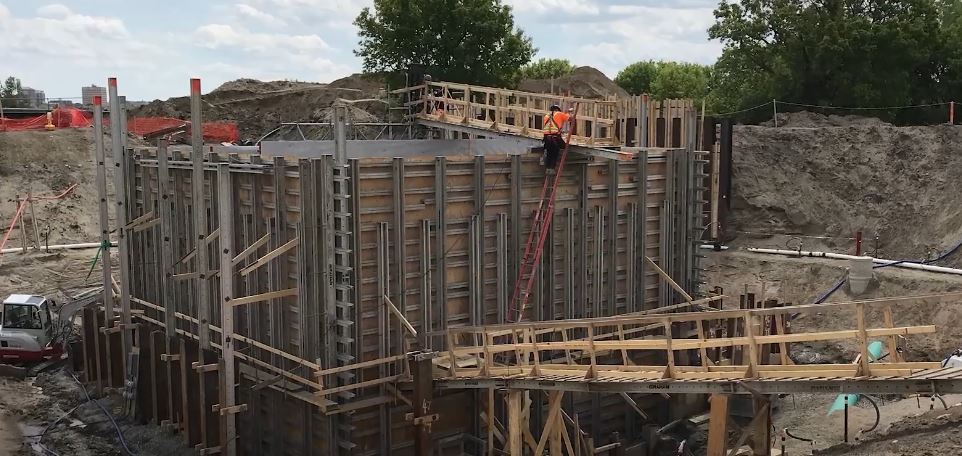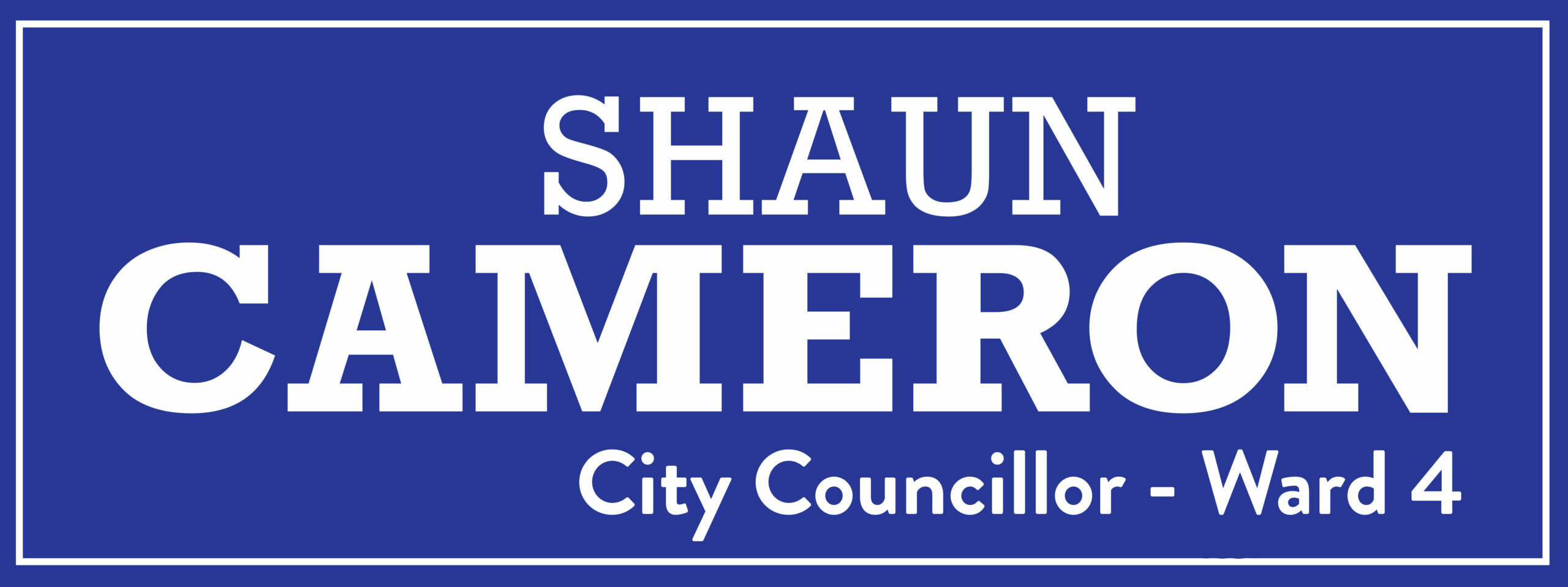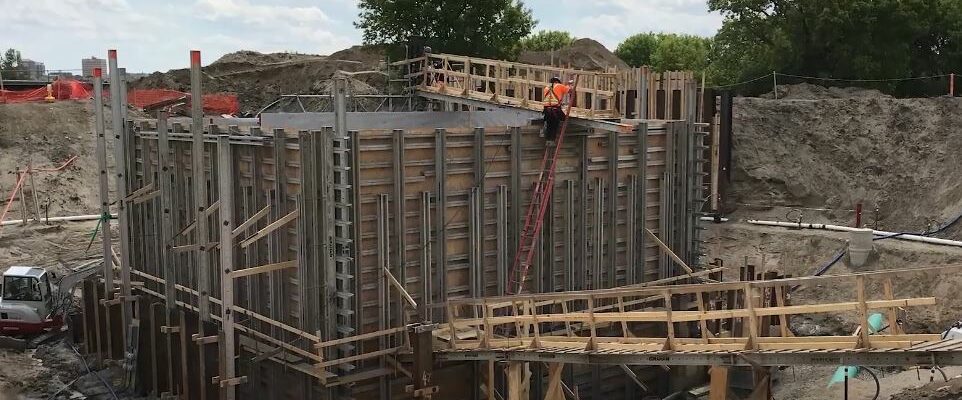
I wanted to take a quick moment to address the proverbial elephant in the room that has dominated conversations at a city level for a number of months. Our city needs to grow. If you look at our most recent census data, the City of Brandon has surpassed the 50,000 mark in population. A mark that triggers some wants and needs that before didn’t really come to bear in our overall planning and building discussions. Growth ought to occur, how that growth should occur though has been a very different and sometimes complex discussion.
Brandon, like many cities across North America, began seeing really large swaths of growth post-World War 2. The return from war also saw a dramatic rise in automobile use, saw people not needing to rely so much on walkability when accessing work, supplies, and overall quality of life, and the dream of the suburb took hold. What once made up part of the “American Dream” took root in Canada as well. As city populations grew, the baby boom was in full swing, and the yearnings for life in the ‘burbs, away from the hustle and bustle of downtowns meant prosperity and a higher quality of life. As much as this growth did open up a new way to think about our cities, it also ushered in an era of commute times, hollowing cores, shopping malls, and ultimately individualistic neighbourhoods and suburbs becoming the ‘bees-knees’ of urban planning.
Full disclosure before digging any deeper into the topic, my family lives in the ‘burbs’ in the west end of our city. We moved here after a stint living in the core area in our first ‘grown up’ home, a now 131-year-old 2-storey which unfortunately was stripped of any real character in the 1970s. That home was a good place to start, but it was merely that, a start. Our goal from day one of moving in was to chase the dream of living in the suburbs, the upward mobility of the hierarchy of housing, and the dream of a neighbourhood (as we had grown to know what neighbourhoods should be), the dream of two cars, a garage, a yard and what we deemed to be a safe, suburban existence. Our home and this neighbourhood have provided that. It is a wonderful place to raise a family, our friends are here, our life is right here. In reality though, from an urban planning lens, our home in the burbs could potentially be considered unsustainable.
As our city continues to grow, Brandon, like so many other places has looked to outward growth as a sign of prosperity. Fringe areas of the city grow outward with residents often moving further away from services, and creating networks of roads and infrastructure purchased at today’s rates, with the end result being repairs and maintenance requirements coming at future costs. It is one of the greatest challenges of urban sprawl and something I weighed quite heavily in finally coming to some form of decision on the investment in growth based lift stations.

With considerations of the new lift stations in Brandon’s South West corner, I also found myself wrestling with the idea of whether this new growth will be self-sustaining. In the short-term, it comes with some increased cost to residents (via a portion equivalent to roughly 10% of your yearly water utility rates). This is not a new concept though, every neighbourhood that has sprung up in Brandon since its inception was financed, to a certain extent, by the current residents of the city. Where this growth will be changed is via the Development Charge model. DC’s as they are often referred to, will, as this neighbourhood builds out, fund growth. The idea of growth funding growth, helps current residents feel less of an impact from growth and ensures developers, via DC’s, are invested as partners in the sustainability of the neighbourhoods they construct.
in the long-term too these areas come with increased tax revenues. One of the deciding factors for me after weighing all options. Our city will benefit from the funds that this growth can allow. Admittedly, I’ve been back and forth on this concept a number of times, asking a myriad of questions as we all have to administration, residents, and basically anyone who would listen. Up to the day of the decision I felt if the investment in the lift stations had gone with a sole debentured model ($30 million without a checkpoint for council), I likely would not have supported the borrowing. Where I finally came to a consensus with my council colleagues is in the tempering of this growth.
As we as a city move now to approve development plans for this area, any future development from my standpoint at least must come with density, walkability, and services in proximity with future development. Further, mixed-use neighborhoods where different forms of housing make up a street is a benefit as well. Should we as a city continue to entertain sprawl, then that sprawl must be flush with retail, schools, transit, active transportation routes, mixed-use housing, paths, daycares, and lastly, at times, fewer cars.
In the passage of the lift station borrowing, council has taken a more cautious approach than the initial phasing provided, namely splitting the phasing up slightly (albeit authorizing the full borrowing), to give staff the time to try and suss out opportunities for shared costs while minimizing the impact on residents via utility rates.
Finally, for clarity, the build itself is not a direct line to taxation. Any costs associated with the near-term funding (as we do have to borrow funds) comes via the water utility. Brandon only recently adopted the DC model, so accounts were not flush with funds to cover costs. As mentioned above, in the near-term this comes from 10% of the water rate changes over the coming years. As more development occurs in the area, the hope is the resulting revenues will offset costs to a point growth fully pays for growth. With each piece of development in the south-west Brandon area, we move closer to that fully funded model.
This has been a divisive and complicated discussion. I wanted to thank everyone who made their thoughts known on this. I know personally, this one took a toll as I agonized the decision. I know as well I’m not alone. Please know it was a decision that occupied a great deal of time and energy to ensure we were hopefully making the right decision for the city. Although nothing is ever perfect, I hope it is a decision at the end of the day residents can respect, and together, I hope we can continue to find ways to build a sustainable, vibrant, and growing community.
Take care, be well.
Shaun
More information on how lift stations operate can be found here:
The City of Brandon release on this topic can be found here:

